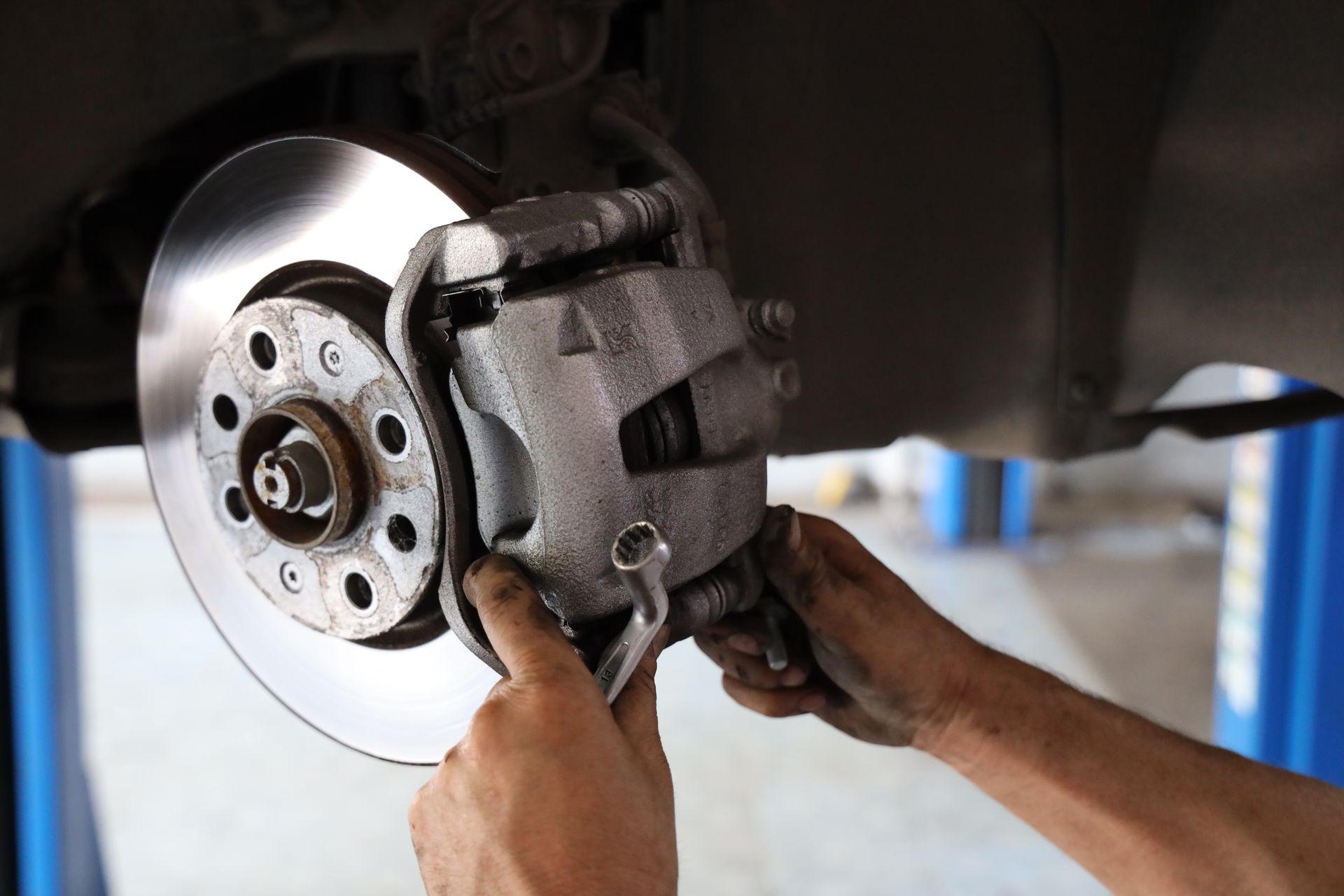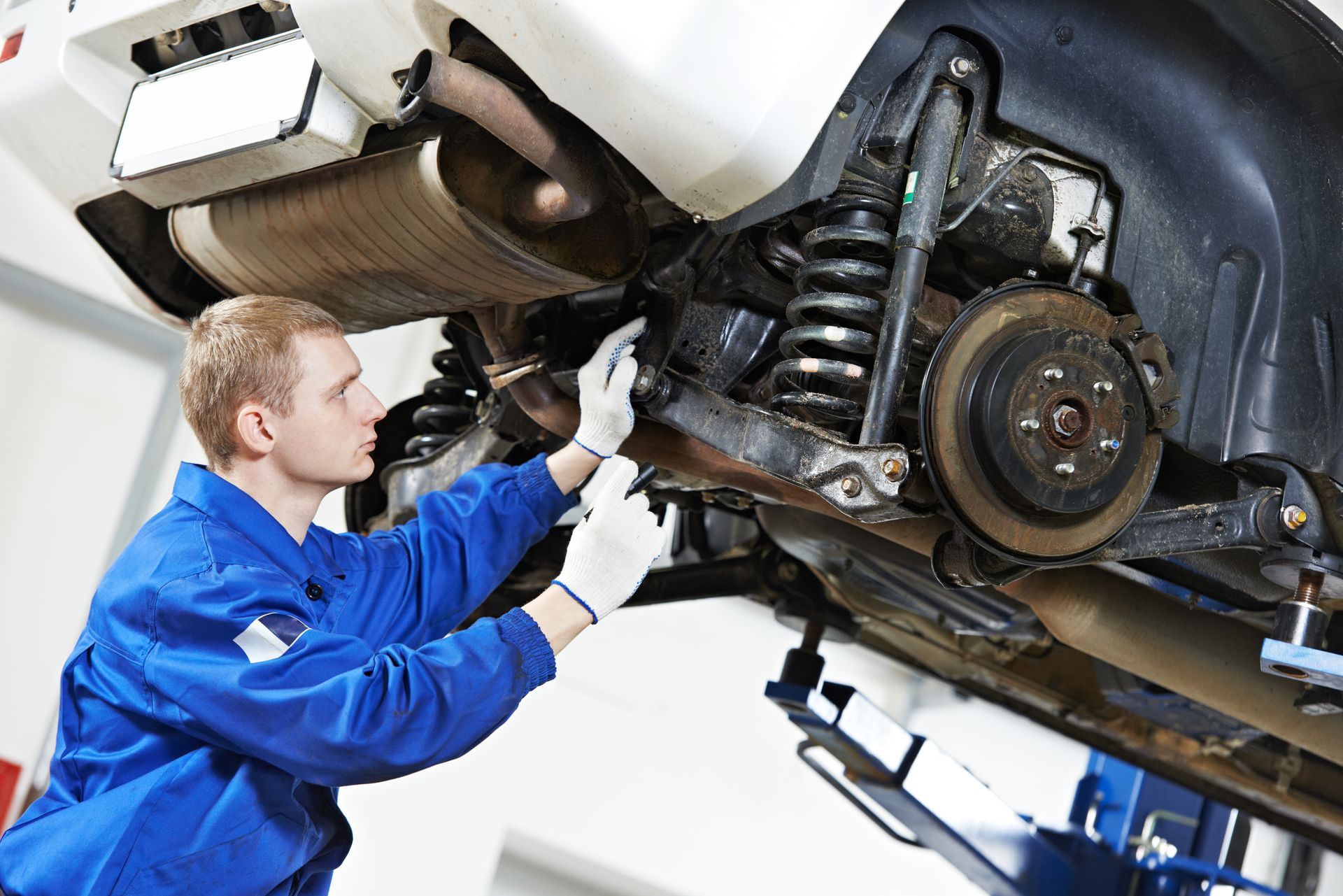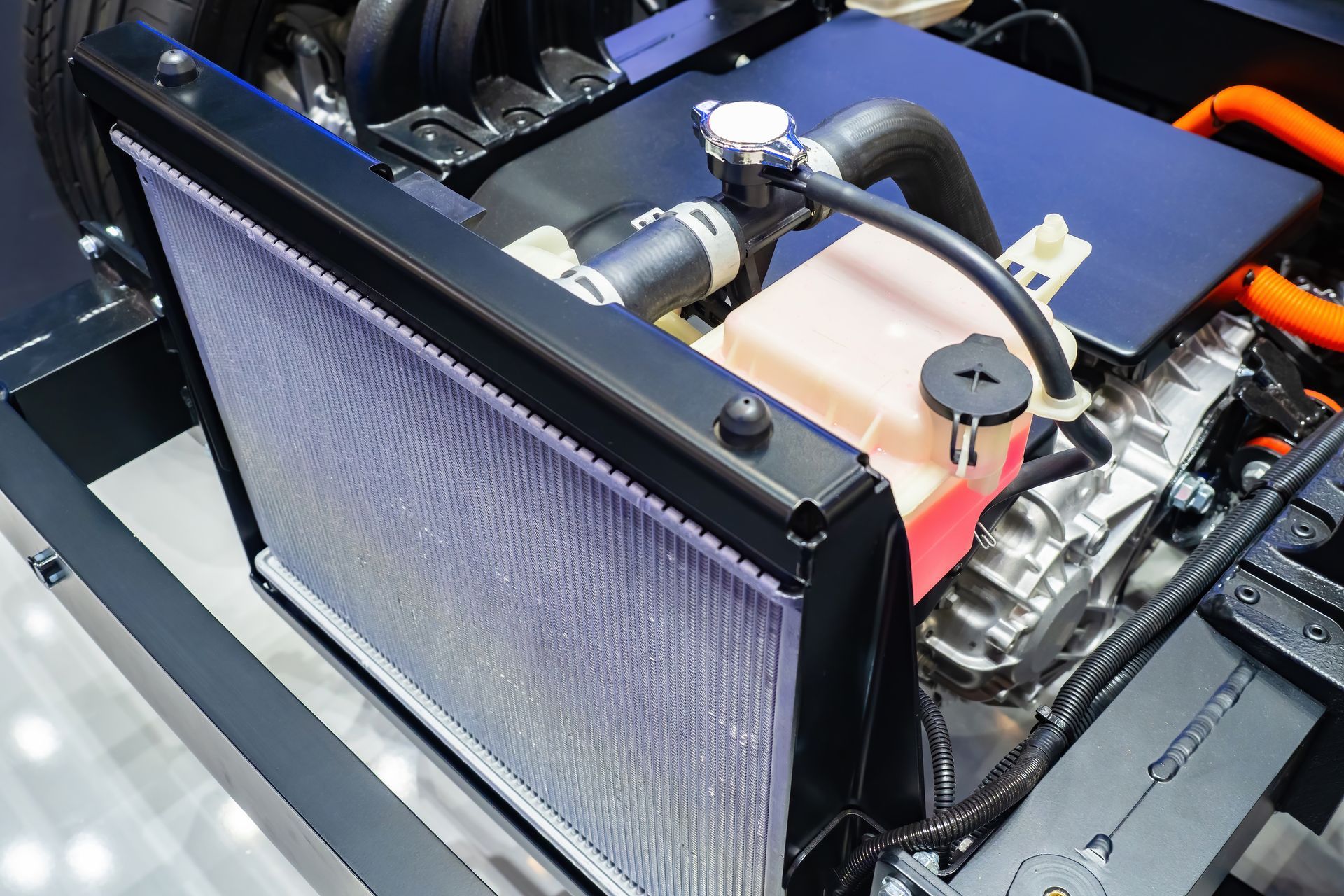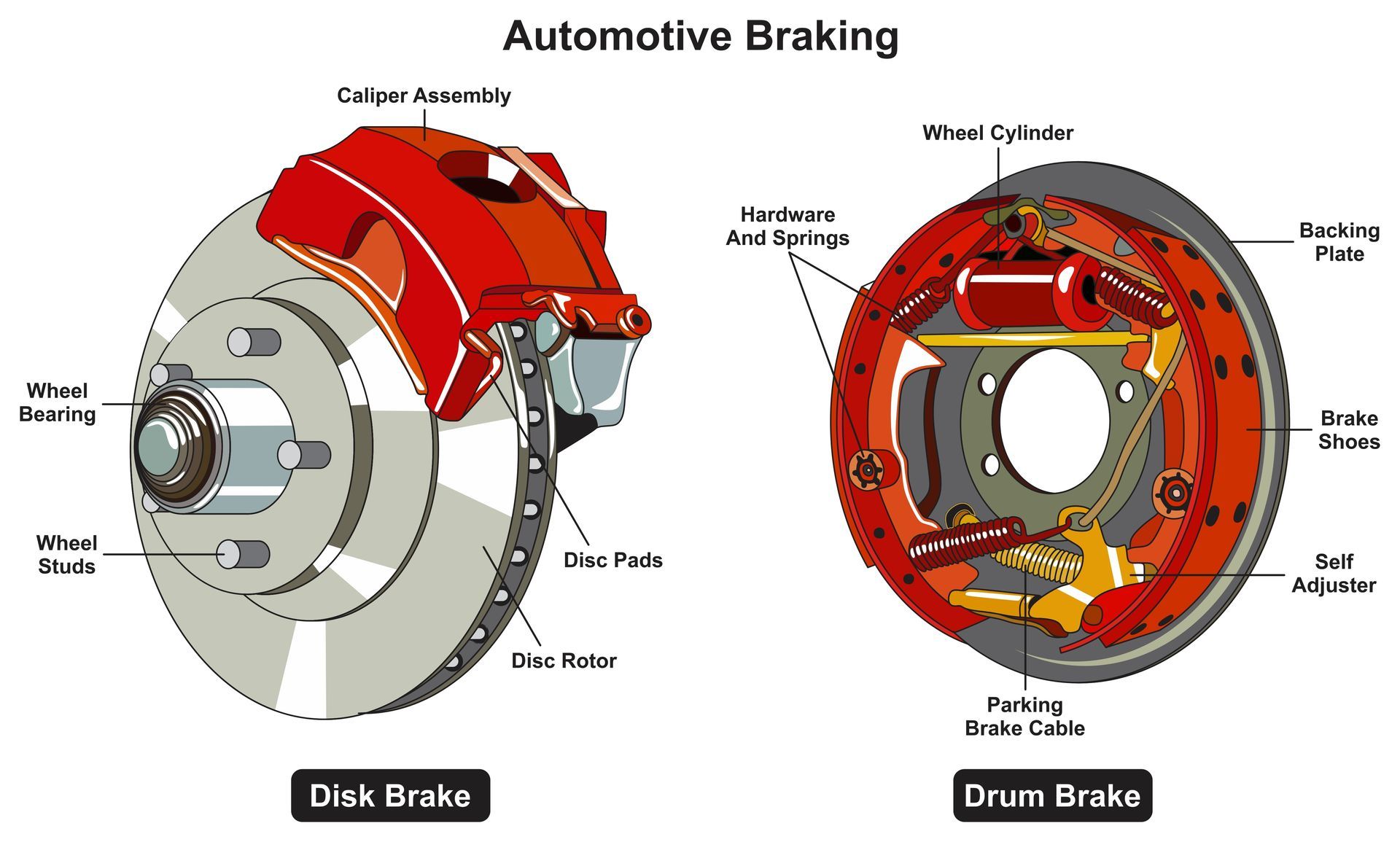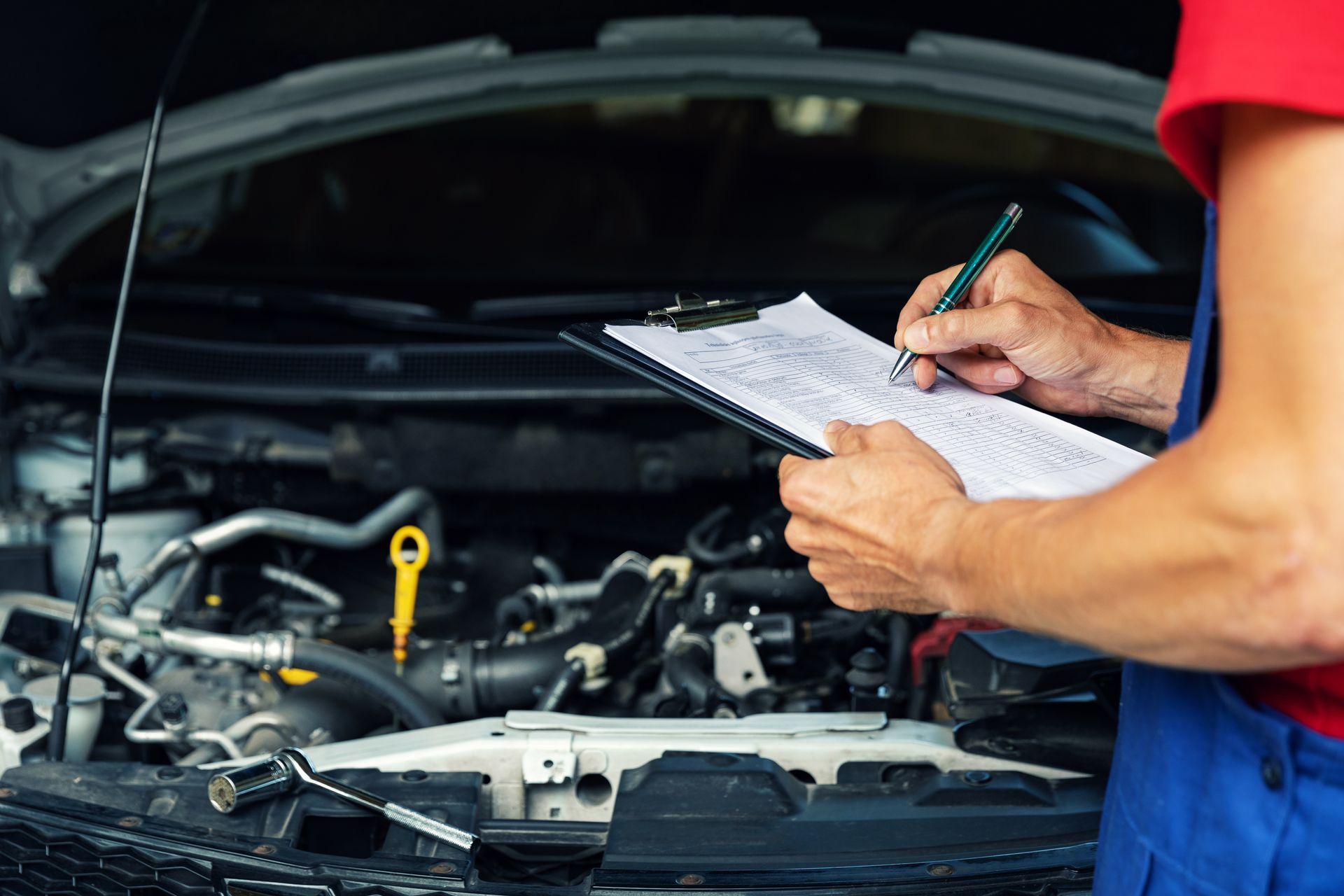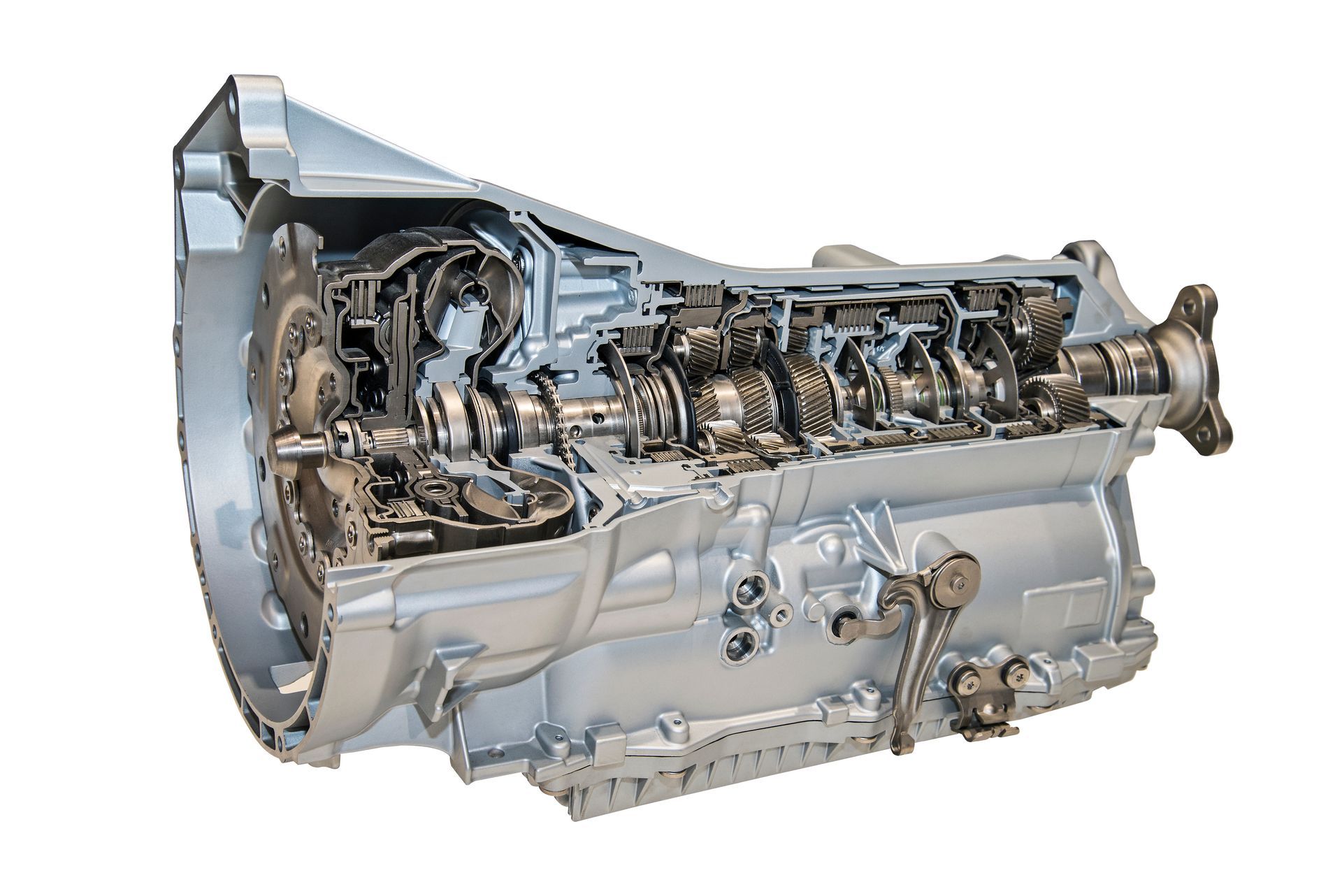Flood-damaged cars are a growing concern in the used car market, especially in areas prone to hurricanes and severe storms. Some of these vehicles get cleaned up and resold without any mention of their past. They might look shiny and well-maintained, but underneath the surface, corrosion, electrical problems, and long-term reliability issues can be lurking. The scary part? Not all signs are easy to detect unless you know exactly what to look for.
If you’re buying a used car—especially from a private seller or small dealership—spotting flood damage before you buy can save you from thousands in repairs down the road.
Why Flood Damage Is So Serious
Cars are packed with complex electronics, connectors, sensors, and control modules that don’t handle water exposure well. Floodwater isn’t clean—it’s usually full of dirt, debris, and contaminants that quickly work their way into sensitive systems. Once inside, the damage can be slow and irreversible.
Even if the car seems to run fine after a flood, the real problems often start weeks or months later. Electrical components begin to corrode, systems behave unpredictably, and rust silently weakens the frame or suspension. At that point, you’re left with a car that’s expensive—or sometimes impossible—to fix properly.
Interior Red Flags That Shouldn’t Be Ignored
The cabin of a vehicle can reveal some of the most obvious (and overlooked) signs of flood exposure. Musty odors, mildew, or an unusually strong air freshener scent can be subtle indicators that someone tried to mask the smell of water damage.
Look closely at the carpet, upholstery, and headliner. Does the carpet feel damp? Are there waterlines or stains in places that don’t make sense? If the carpet looks newer than the rest of the interior, it might’ve been replaced to hide earlier flood damage. Peek underneath the floor mats, check around the seat bases, and look inside storage compartments like the glove box and trunk for any moisture or silt.
How Water Affects Electrical Systems
One of the costliest side effects of flood damage is electrical failure. Your car’s electronics are tightly connected—from safety systems to comfort features—and once corrosion sets in, it spreads quickly.
Check for the following:
- Malfunctioning buttons, lights, or infotainment systems
- Windows or locks that work intermittently or not at all
- Dash warning lights that flicker or remain on
- Unusual behavior from the airbag or ABS system
Test every switch and control while the car is running. If something feels off, don’t brush it aside—water in the wiring or control modules could be to blame. And even if everything seems to work, corrosion in hidden connectors could cause trouble later.
Look Under the Hood and Underneath the Vehicle
- Pop the hood and inspect the engine bay for signs of rust, dirt, or discoloration in places that aren’t usually exposed to moisture. Electrical connectors, grounding points, and fuse boxes should be dry and free from corrosion. If anything looks dirty, oxidized, or out of place, there’s a chance the car was exposed to standing water.
Don’t forget to inspect underneath the vehicle. Rust on components like brake lines, suspension parts, or the fuel tank may be expected in older cars, but excessive rust or unusual spots on newer vehicles can be a sign of past flooding.
You Can’t Rely Solely on History Reports
Vehicle history services like Carfax or AutoCheck are helpful—but they’re not perfect. If a flood-damaged car wasn’t declared a total loss or reported to insurance, it might carry a clean title. That means no flood record will appear in the report, even though serious damage occurred.
That’s why a visual inspection and a professional evaluation are so important. A trained technician can find subtle but critical clues you might miss, from damp insulation behind interior panels to electrical gremlins that haven’t triggered a warning light—yet.
Worried about hidden damage in a used vehicle?
George’s Complete Auto Repair in Cape Coral, FL, offers detailed pre-purchase inspections that check far more than the basics. We examine the vehicle inside and out, looking for signs of flood exposure, electrical problems, hidden rust, and other costly red flags.

